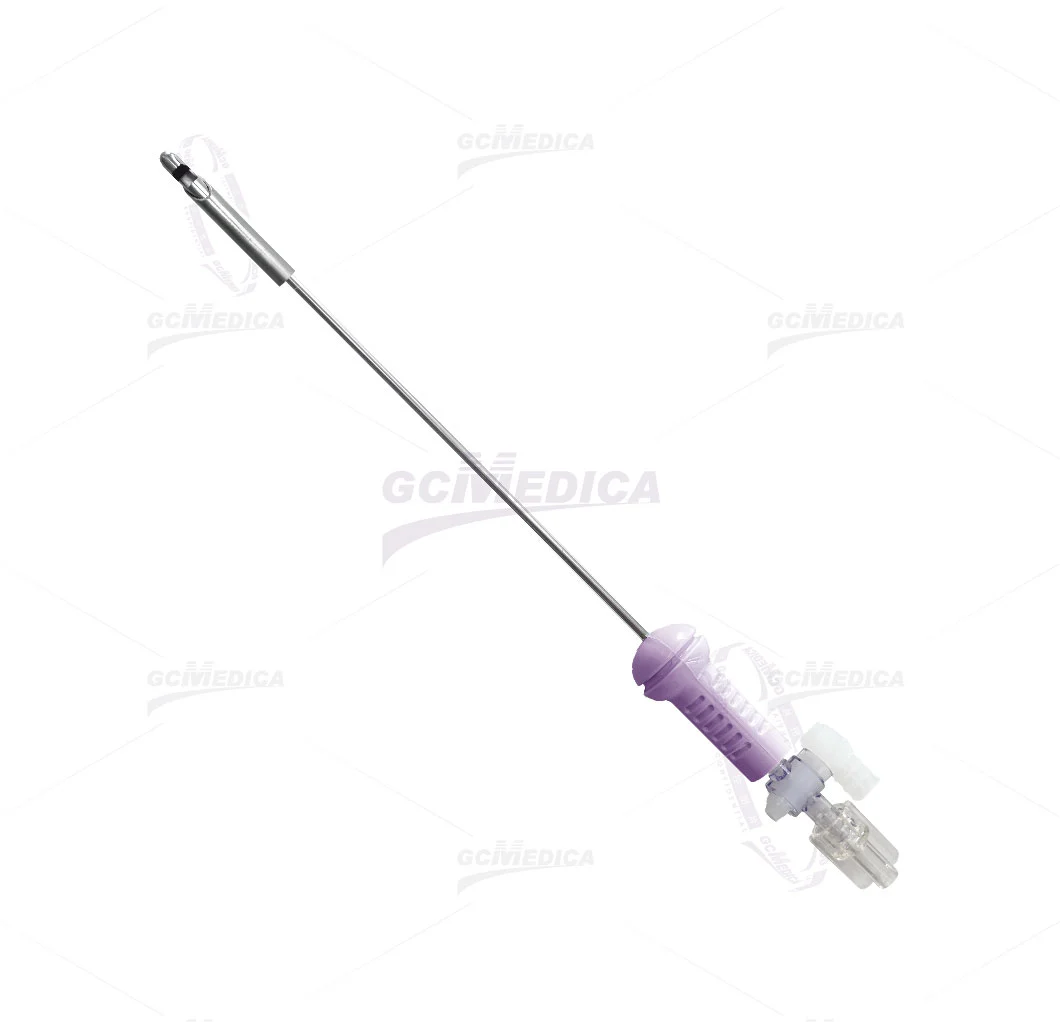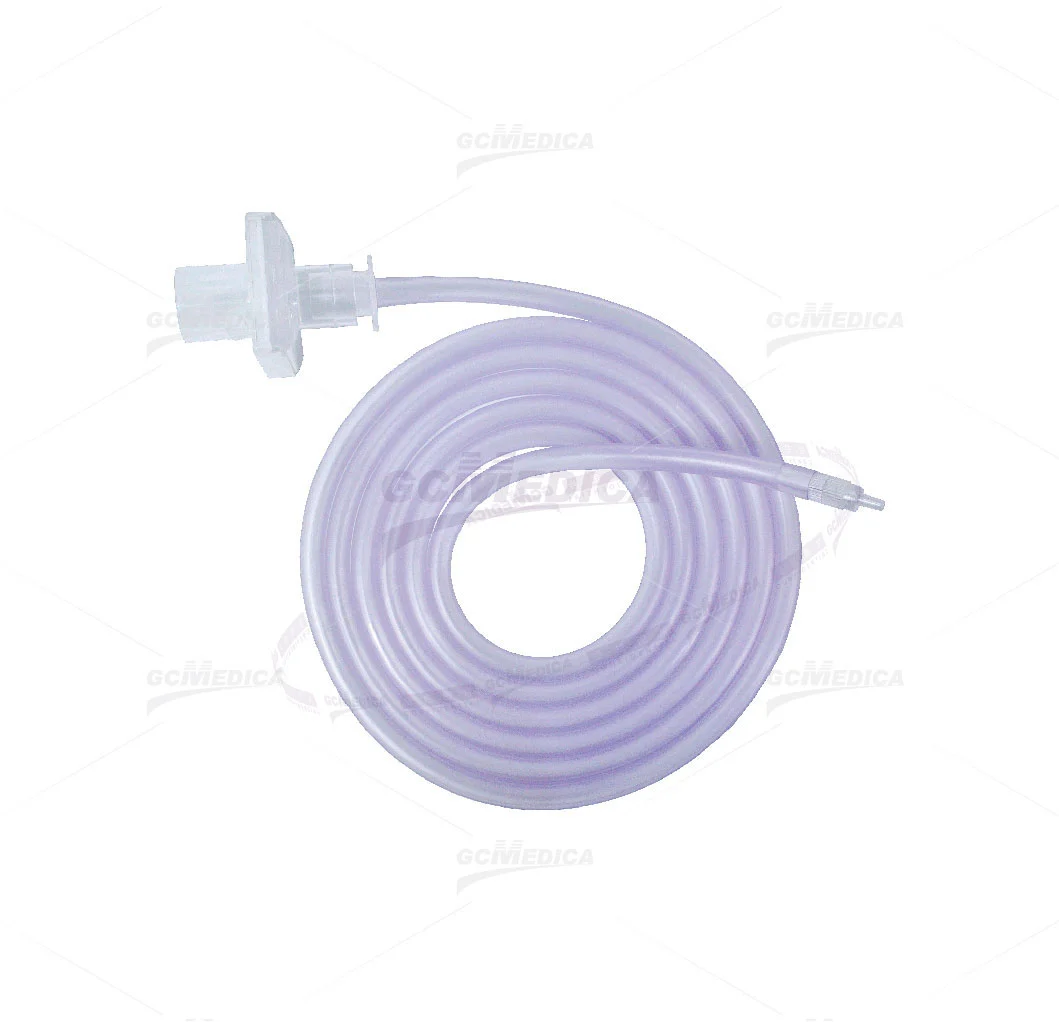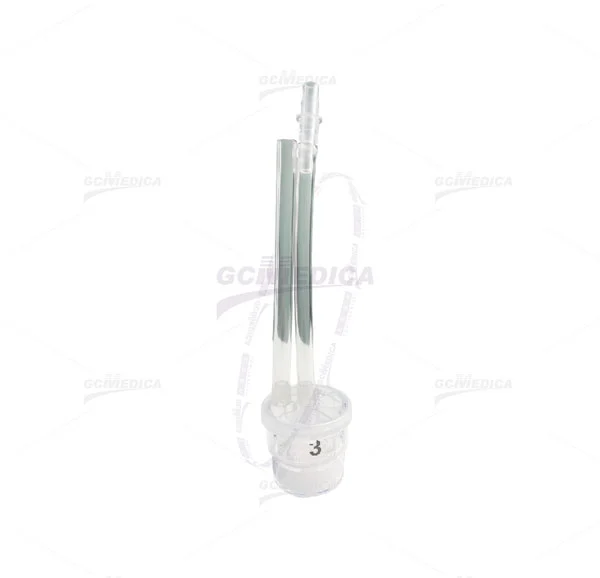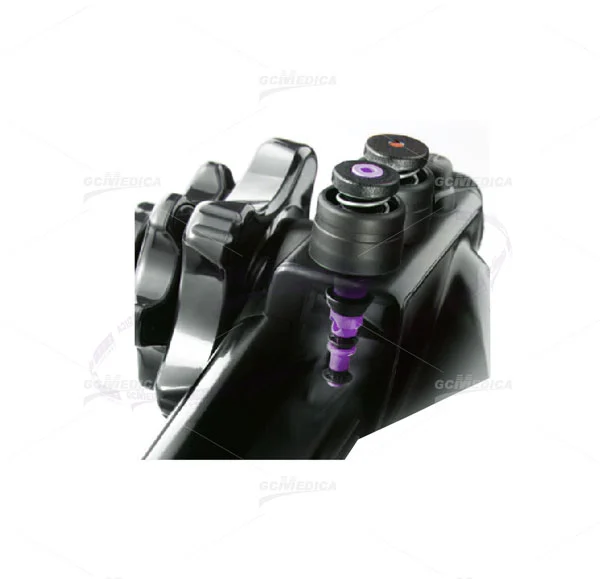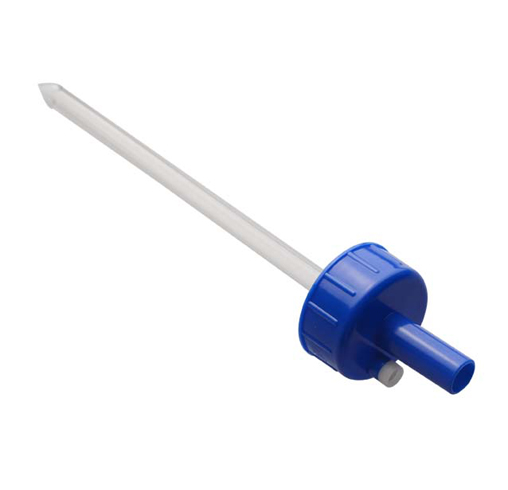- Endoscopic Products and Accessories
-
Respiratory
- Nasal Oxygen Cannula
- Capnography Mask
- Oxygen Mask
- Non-rebreathing Mask
- Venturi Mask
- Multi-vent Mask
- Nebulizer Mask
- Nebulizer with Mouth Piece
- Tracheostomy Mask
- Disposable Ezscope™ Pro Broncho
- One-way Valve Mouthpiece
- Nose Clip
- ABC Mouthpiece and Filter Kit
- Breathing Exerciser
- Closed Suction Catheter
- Suction Catheter
- Mucus Control Vacuum Valve
- Mucus Specimen Trap
- Mucus Extractor
- Mucus Extractor with Protective Sheath
- Anesthesia
- Airway Management
-
Suction Surgery
- Connector
- Flexi-clear Yankauer Handle
-
Yankauer Handle
- Plain Tip Yankauer
- Flange Tip Yankauer
- Tapered Tip Yankauer
- On/Off Yankauer with Plain Tip
- On/Off Yankauer with Tapered Tip
- Bulb Tip Yankauer
- Crown Tip Yankauer
- Flexible Poole Suction Handle
- CH30 Yankauer Handle & CH35 Suction Connecting Tube
- Two-piece Plain Tip Yankauer
- Duck-bill Tip Yankauer
- Poole Suction Handle
- ENT Suction Tube
- Suction Probe
- Orthopedic / Orthopaedic Yankauer
- Aspirator Surgical Tip
- Suction Connecting Tube
- Suction Canister Soft Liner
- Rigid Suction Canister
- Suction Canister with Filter Kit
- Reusable Outer Canister
- Vacuum Wound Drainage System
- Hemorrhoid Banding Ligator
- Vacuum Control Adaptor
- Cardiothoracic Surgery
- Laparascopic products and accessories
- Gynaecology
-
Urology
- CathVantage™ Portable Hydrophilic Intermittent Catheter
-
Cysto/Bladder Irrigation Set
- M-easy Bladder Irrigation Set
- B-cylind Bladder Irrigation Set
- S-tur Bladder Irrigation Set
- S-uni Bladder Irrigation Set
- B-uro Bladder Irrigation Set
- Premi Bladder Irrigation Set
- J-pump Bladder Irrigation Set
- J-tur Bladder Irrigation Set
- H-pump Bladder Irrigation Set
- Sup-flow Bladder Irrigation Set
- Maple Irrigation Set
- Peony Irrigation Set
- Nelaton Catheter
- Urinary Drainage Bag
- Urinary Drainage Leg Bag
- Enema Kits
- Sitz Bath Kits
- Click Seal Specimen Container
- Silicone Male Catheter
- Spigot Catheter and Adaptor
- Three-way Stop Cock
- Suction Specimen Drain Bag/ Urology Drain Bag
- Sandalwood Irrigation Set
- Freesia Irrigation Set
- Daffodil Irrigation Set
-
General Surgery
- Gastric Sump Tube
- Hemostatic Powder Applicator
- Magnetic Drape
- Surgical Hand Immobilizer
- Administration Set for Blood
- Dental Irrigation Set
- Ear/Ulcer Syringe
- Bulb Irrigation Syringe
- Toomey Irrigation Syringe
- Dental Irrigation Syringe
- Decanting Device
- Mixing Cannula
- Mucosal Atomization Device
- Basin Liner/Basin Drape
- Camera Handle Cover
- Light Handle Cover
- Medical Brush
- Sponge Stick
- Suture Retriever
- Needle Counter
- Disposable Calibration Tube
- Pressure Infuser
- Heparin Cap
- Protection Cap
- 100ML Bulb Irrigation Syringe
- Scleral Marker
- Surgical light Handle
- Enteral Nutrition
- Durable Medical Equipment
- Personal Protective Equipment
- COVID-19 Products
- PVC-FREE Medical Device
- E.N.T Department
- Temperature Management Solutions
- Operation
- Patient Handling System
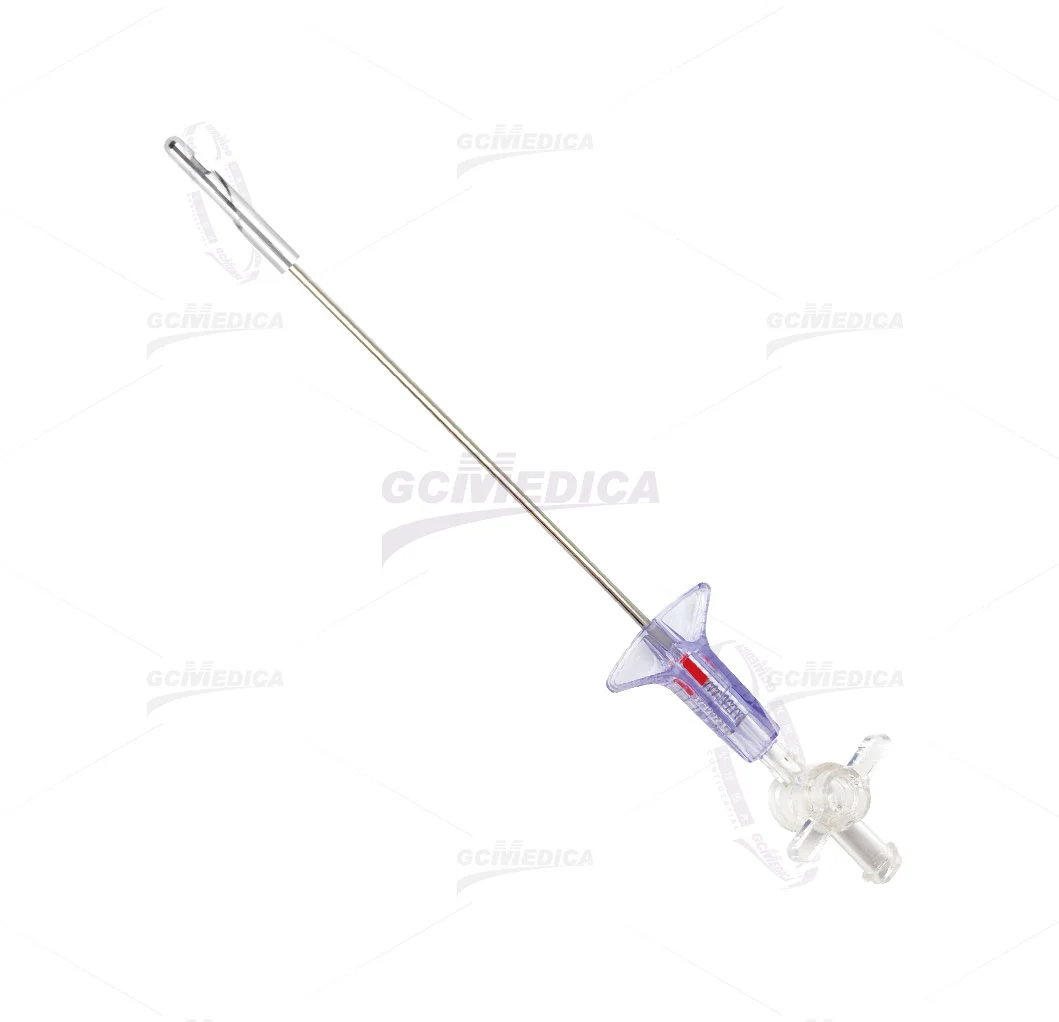
Veress Needle
The disposable Veress Needle, with a non-slip handgrip, is designed to inflate the abdomen using CO₂ (carbon dioxide) prior to abdominal surgery done via laparoscopic.
It offers a spinal sharpened cannula for a less invasive more manoeuvrable, and the wide side port atraumatic blunt style provides a simpler CO₂ inflation method. The highly visible positioning marker clearly shows when you are clearly past the peritoneum.
Features of Veress Needle
The Veress Needle is a single-use needle for laparoscopic surgery.
Ergonomically designed handle for comfortable gripping.
Blunt tip-spring activated stylet with an audible click and a visual abdominal free-space indicator.
Economy, safety, stability, and reliability.
Veress Needle Size
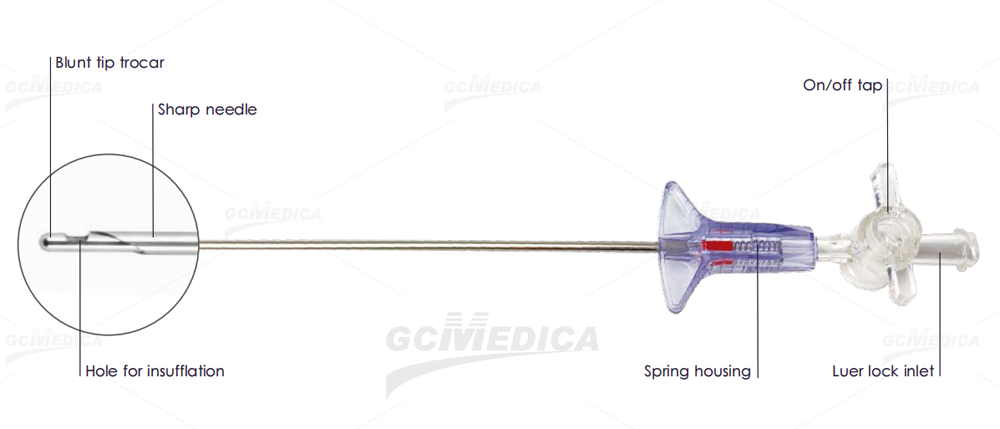
No. | Product code | Description |
01 | GC0801A01 | Veress needle 120mm |
02 | GC0801A02 | Veress needle 150mm |

No. | Product code | Description |
03 | GC0801B01 | With Luer Lock Connector 120mm |
Veress Needle vs Hasson Technique
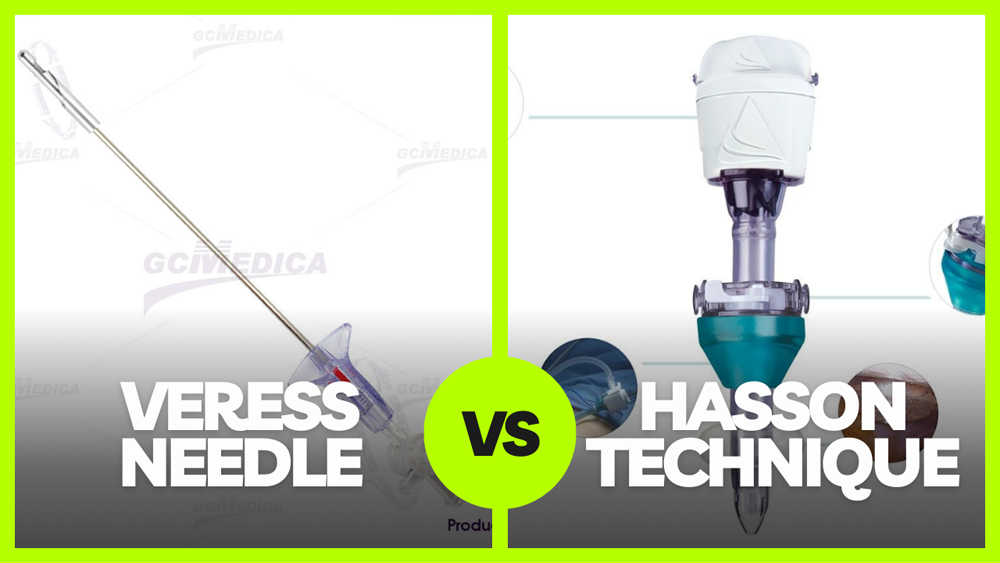
Invasiveness: The Veress Needle is less invasive, using a closed technique for creating pneumoperitoneum. The Hasson technique, on the other hand, involves an open approach.
Ease of Use: The Veress Needle is often considered quicker and more straightforward, especially in patients without previous abdominal surgery.
Safety Profile: While both methods are generally safe, the Hasson technique might be preferred in certain clinical scenarios to minimize the risk of inadvertent injury to internal organs.
Suitability: The Veress Needle is versatile, but the Hasson technique may be more suitable for patients with a history of abdominal surgeries to avoid adhesions.
Learning Curve: The Veress Needle may have a steeper learning curve due to the blind insertion technique, compared to the direct visualization in the Hasson technique.
Time Efficiency: Typically, the Veress Needle can be faster in establishing pneumoperitoneum, which might be preferred in time-sensitive procedures.
When comparing the Veress Needle and the Hasson technique in laparoscopic procedures, it's important to consider several factors:
Frequently Asked Questions (FAQ)
Q1:What is a Veress needle used for?
A1:The Veress needle is primarily used in laparoscopic surgeries to establish pneumoperitoneum – the insufflation of the abdomen with gas, typically carbon dioxide, to create a working space for the surgery. This tool is critical in minimally invasive procedures, as it allows surgeons to access the abdominal cavity with minimal incisions, reducing patient recovery time and post-operative complications.
Q2:How do you insert a Veress needle?
A2:Inserting a Veress needle involves several careful steps to ensure patient safety and the success of the procedure. After making a small incision, the needle is introduced at an appropriate angle and depth, often near the umbilicus, depending on the surgical site and patient anatomy. The needle's safety mechanism helps prevent accidental injury. It's vital that this process is performed by trained medical professionals familiar with the technique and anatomical variations.
Q3:What is the direction of the Veress needle?
A3:The direction of the Veress needle during insertion is crucial and varies based on the insertion site and patient factors. Generally, it's inserted at a specific angle - often 45 degrees to the abdominal wall. Correct angulation and insertion technique are essential to avoid complications and ensure the needle reaches the correct intraperitoneal space.
Q4:Can the Veress Needle be used in patients with prior abdominal surgeries?
A4:While feasible, extra caution is advised in patients with previous surgeries due to potential adhesions. Alternatives like the Hasson technique might be considered in such cases.
Q5:How does the Veress Needle compare to other insufflation methods?
A5: The Veress Needle offers a less invasive approach with a potentially faster setup compared to methods like the Hasson technique, though each has its specific clinical indications.
Q6:Is the Veress needle safe?
A6:When used correctly by trained professionals, the Veress needle is a safe tool for establishing pneumoperitoneum in laparoscopic surgeries. Its design includes safety features to reduce the risk of injury to internal organs. However, like all surgical tools, it requires skill and knowledge to use safely, and there are specific patient conditions where its use might be contraindicated.
Customer Reviews for GCmedica Veress Needle
1.Aisha Khan
★ ★ ★ ★ ★"This needle provides an efficient way to establish pneumoperitoneum with minimal patient discomfort."
2.Chloe Dubois
★ ★ ★ ★ ★"Using the GCmedica Veress Needle has streamlined our laparoscopic procedures, enhancing both safety and efficiency."
3.Samuel Njoroge
★ ★ ★ ★ ★"In my experience, the Veress Needle has proven to be both reliable and easy to use, significantly improving our surgical outcomes."

